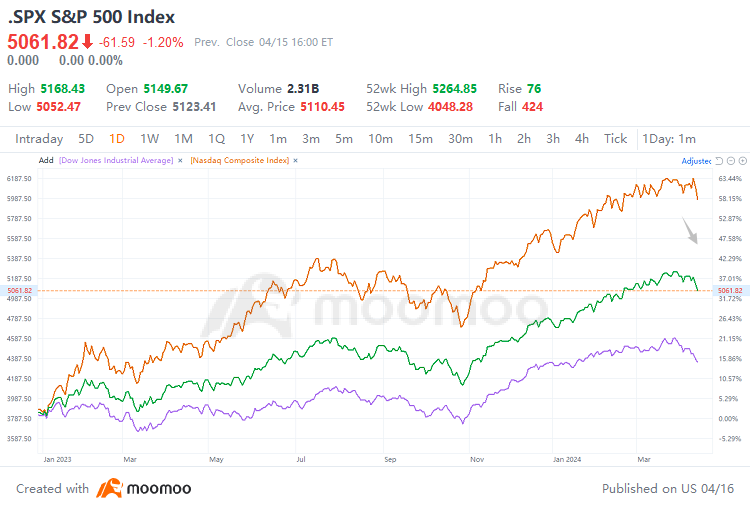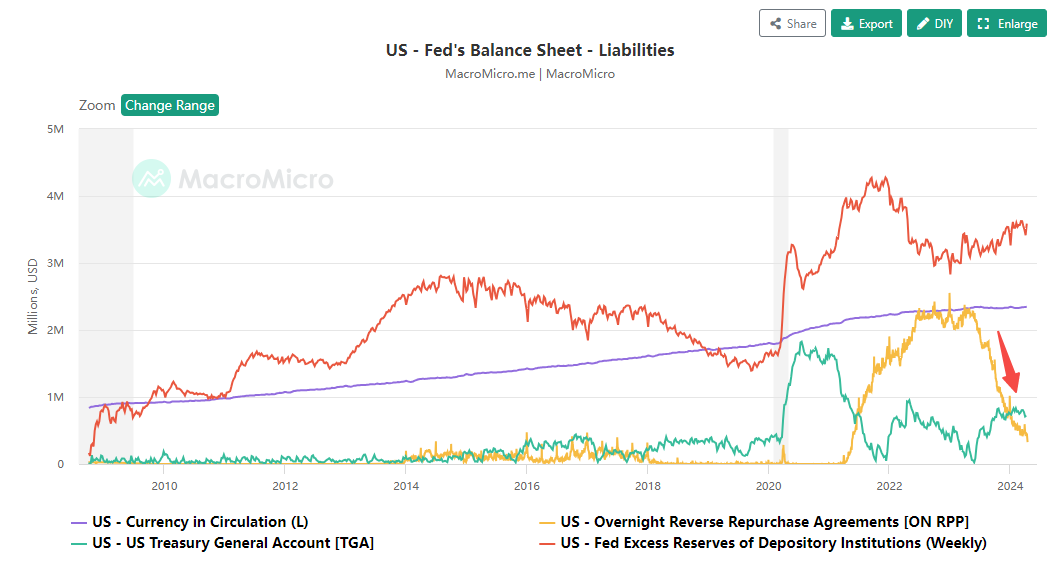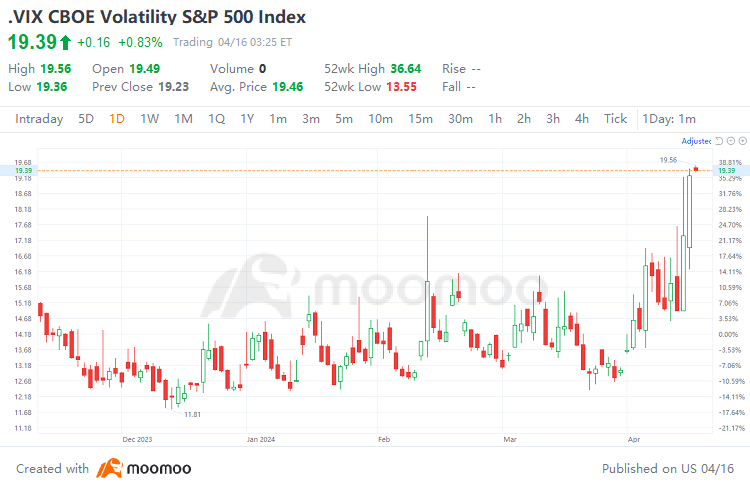NVDA
NVIDIA
-- 108.380 TSLA
Tesla
-- 259.160 PLTR
Palantir
-- 84.400 AMZN
Amazon
-- 190.260 AAPL
Apple
-- 222.130 "All the geopolitical stuff is going to cause tension and anxiety in the market, the realization that rates are not going down anytime soon has got to be finally hitting home, that's what the bond market is telling you, that rates are going to go higher."





wiseone : Good bye any remote chance of a base rate drop of any size.
KnightRider : and that's pretty
KnightRider : I'm getting my stuff together I'm very sorry but I will log in